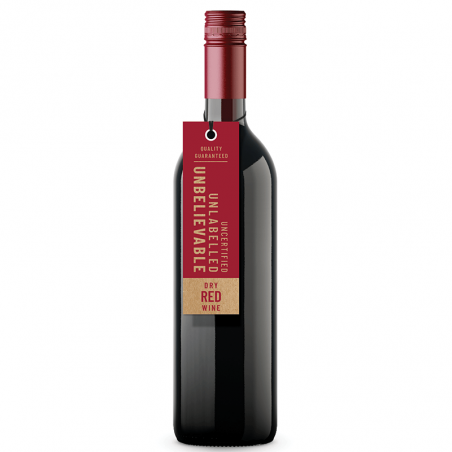
- Best dry red wine for drinking full#
- Best dry red wine for drinking crack#
Maybe you have fancy friends who know everything about wine, and you want to join the conversation.
Best dry red wine for drinking full#
Maybe you’re a new wine drinker, and you don’t know where to start (PS: We have a full guide on wine for beginners). Some people don’t like wine because they’ve had bad experiences in the past, they haven’t found a style they like, they’re avoiding the calories in wine, or they’re avoiding the alcohol content. After all, it’s crafted from fermented grape juice - it won’t immediately appeal to every palate. If it tastes good to you out of a glass, you’ll probably be pleased with how it tastes in your food.We get that wine is an acquired taste. They even tested the same sauce recipe, one rapidly simmered and the other slowly reduced, and found they tasted completely different. Cook’s Illustrated tested a ton of red wines for cooking and found that no matter the wine, cooking it over high heat (say for a pan sauce or tomato sauce) will often result in an edgy, sour taste.
Cook wine low and slow, no matter what you’re making. You can definitely find tons of solid bottles in the $10 to $20 range, so use those for cooking and save the good stuff for sipping. Heat can make the unappetizing qualities in a low-quality wine more apparent, but typically price doesn’t matter much as long as you’re using the right style. Most of its delicious intricacies and complexities will be cooked off once the wine is heated, so it’s really a waste of quality vino. Don’t use expensive or fancy wine either. 
Best dry red wine for drinking crack#
When in doubt, just crack open a new bottle-though it isn’t inherently unsafe to use old wine even if the flavor has changed, just in case you’re desperate. If you opened a bottle over a week ago, it’s been oxidizing and likely tastes different than you remember. Be careful with sweet, berry-forward reds like Beaujolais nouveau and Grenache too they can turn a dish overly sweet if the recipe isn’t acidic enough to balance it. If one of these is all you have, only use it for the heartiest of dishes, like leg of lamb or brisket.

Because of their tannic nature, they can turn your food bitter or chalky.
Stay away from Shiraz, Zinfandel and extra intense, full-bodied reds. Regular wine offers more dependable acidity and flavor. Cooking wine also has salt and preservatives in it, which can alter the overall dish. The heat will cook off the wine’s alcohol content, so there’s no need to start with alcohol-free cooking wine (that’s the kind you’ll see in the vinegar aisle at the supermarket). Chris Morocco, senior food editor at Bon Appétit, advises to stay away from cooking wine altogether. Cooking wine and regular wine are two different things-so you shouldn’t substitute them interchangeably. Here are a few more rules of thumb to take note of: But there’s more you should know before hitting the kitchen. OK, now you know which varieties to look for next time you’re at the liquor store or wine shop. If you’re cooking vegetables or sauce, try a light Merlot or Chianti.īuy it ($20) Tips for Cooking with Red Wine. If you’re cooking seafood, choose Pinot Noir. If you’re cooking chicken, duck or pork, go with Merlot. If you’re cooking beef, lamb or stew, Cabernet Sauvignon and Pinot Noir are your friends. Here’s an easy red wine style guide to stick to while you’re shopping: While red wine can break down big, fatty cuts of meat, it can also keep lighter proteins like fish super moist and impart great flavor. If you choose a wine that’s too bitter and tannic, your food might turn out more or less inedible. So, dry red wines with moderate tannins are safest to include in recipes. Red wine can also be used in marinades and glazes. That’s why white wine is popular in seafood and chicken recipes, while red wine is key in roasts and meaty stews. Because red wine is more tannic than white, it turns bitter faster when cooked. So no, you can’t substitute red wine in recipes that call for white-white wines offer brightness, acidity and a light softness, while red wines are used for bold, hearty dishes that can withstand its bitter, intense flavors. 
So, just because red wine and white wine have similar effects on food doesn’t mean you should use any old wine. Are red wine and white wine interchangeable?Īlthough both red wine and white wine tenderize and moisten, their flavor profiles generally fit different foods.







 0 kommentar(er)
0 kommentar(er)
